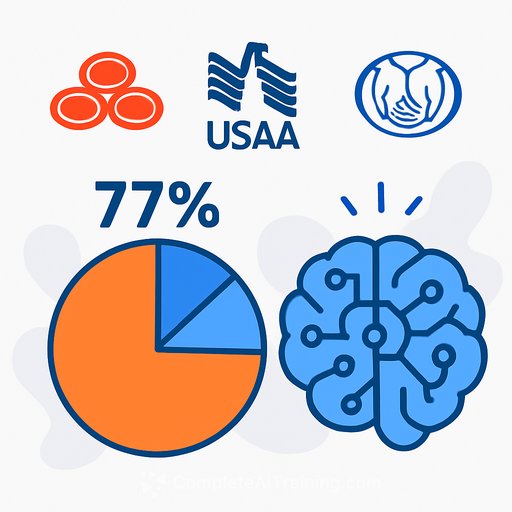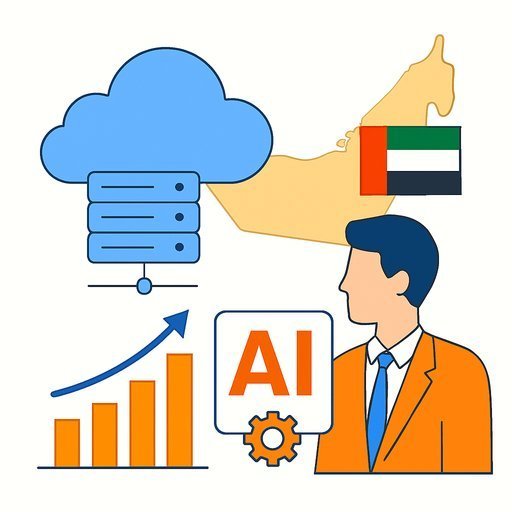Experts Warn Against Broad AI Exclusions in Management Liability Policies
Insurers considering broad artificial intelligence (AI) exclusions in management liability policies face significant risks, experts say. Such sweeping measures could severely limit coverage, causing unintended gaps for policyholders. Instead, they recommend precise, narrowly tailored language that evolves alongside AI use and regulations.
The Challenge of Defining AI
One major hurdle is the broad and often unclear definition of AI. As AI integrates into a wide range of systems, drawing clear boundaries becomes difficult. This ambiguity complicates policy language, making it harder for claim handlers, adjusters, judges, and lawyers to interpret exclusions effectively.
“Exclusions must be clear and workable for all parties involved, not just for computer scientists,” says Mike Levine, a partner at Hunton Andrews Kurth. Without clarity, blanket AI exclusions risk wiping out coverage for many claims.
Case in Point: WR Berkley’s Draft Exclusion
WR Berkley recently drafted a broad AI exclusion for its directors and officers, errors and omissions, and fiduciary liability products. The proposed language would exclude coverage for “any actual or alleged use, deployment, or development of Artificial Intelligence.” While not yet commercially deployed, this draft highlights insurers' struggle to contain AI-related liabilities.
Levine predicts the broad exclusion “may never see the light of day commercially” due to its fundamental flaws. Narrower, more focused exclusions are seen as a better path forward.
Emerging AI-Related Claims in Management Liability
The management liability sector is already seeing more AI-related claims, especially in securities litigation tied to alleged misstatements about AI capabilities—sometimes called “AI washing.” These claims can trigger negative stock movements and shareholder class actions, similar to past trends in other emerging risk areas.
Despite the rise in claims, insurers hesitate to implement sweeping exclusions because of competitive pressures. “No one wants to be the first to roll out a broad exclusion,” Levine notes, as policyholders might switch to competitors that offer broader coverage.
The Hidden Risks of Blanket AI Exclusions
AI is now so embedded in business processes that excluding all AI-related activity risks unintentionally cutting off coverage for many routine operations. Policyholders may unknowingly use AI technologies without realizing it, creating hidden coverage gaps.
Levine warns, “If the goal is to exclude anything and everything that touches on or arises out of artificial intelligence, it's hard to point to something nowadays that doesn't.” This makes it crucial for policyholders to clearly understand what is and isn’t covered.
Recommendations for Effective AI Exclusions
- Focus exclusions narrowly on specific AI-related risks, such as misstatements about AI capabilities, rather than banning all AI use.
- Develop clear, workable definitions of AI that reflect current technologies and how they are applied.
- Encourage collaboration between insurers, brokers, and policyholders to craft functional language.
Levine emphasizes the need for ongoing dialogue: “There’s got to be a dialog to come up with language that makes sense and is functional. It’s the lack of functionality that is the biggest problem.”
Industry Perspective on AI Exclusions
John Delaplane, executive vice president at RT ProExec, agrees that a measured approach is necessary. The fast-changing nature of AI means what is considered advanced today may be standard tomorrow, complicating any attempt at absolute exclusion language.
Delaplane points out that the insurance market has handled other emerging risks—such as litigation related to Me Too, cybersecurity, ESG, and COVID-19—without resorting to blanket exclusions. He does not expect absolute AI exclusions to become standard across the industry.
Instead, insurers are likely to develop AI-specific products tailored to their risk appetite and client needs.
Preparing for AI Governance
Looking forward, companies will need stronger AI governance to manage exposures effectively. Levine suggests appointing a chief AI officer responsible for overseeing AI use across all business functions—from hiring to manufacturing and accounting.
Such oversight can help clarify AI’s role within operations and support better risk management and insurance coverage decisions.
Conclusion
The push for broad AI exclusions in management liability insurance faces serious challenges. The insurance industry appears set to favor precise, targeted exclusions over sweeping bans to maintain meaningful coverage. As AI continues to integrate deeply into business, clear definitions and practical policy language will be essential.
For professionals looking to stay informed on AI’s impact in insurance and management, ongoing education is key. Explore relevant courses and resources to keep pace with AI developments and risk management strategies at Complete AI Training.
Your membership also unlocks:










